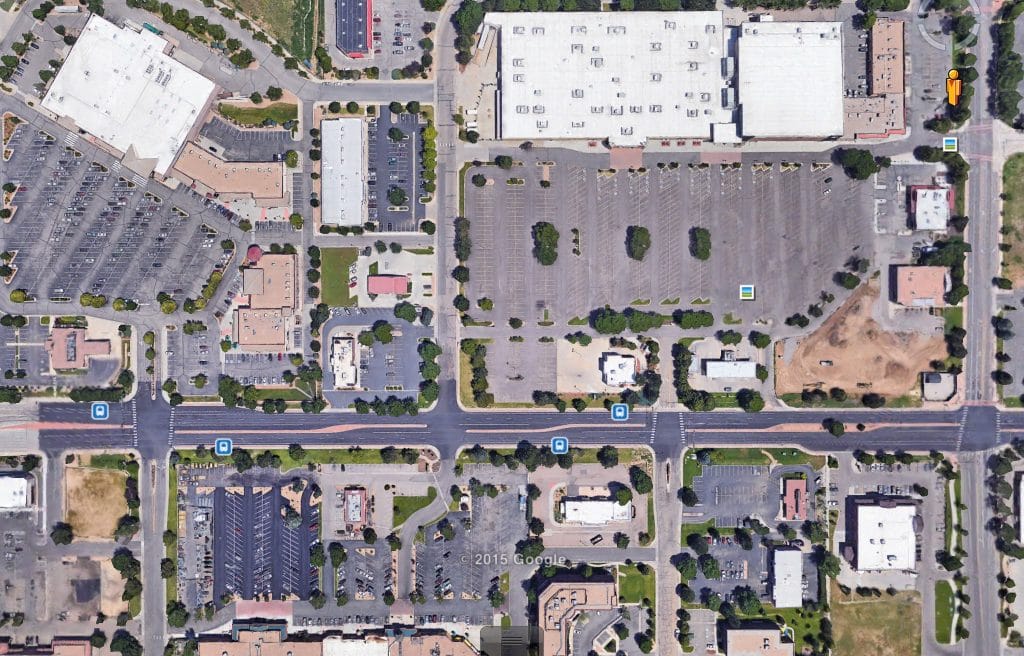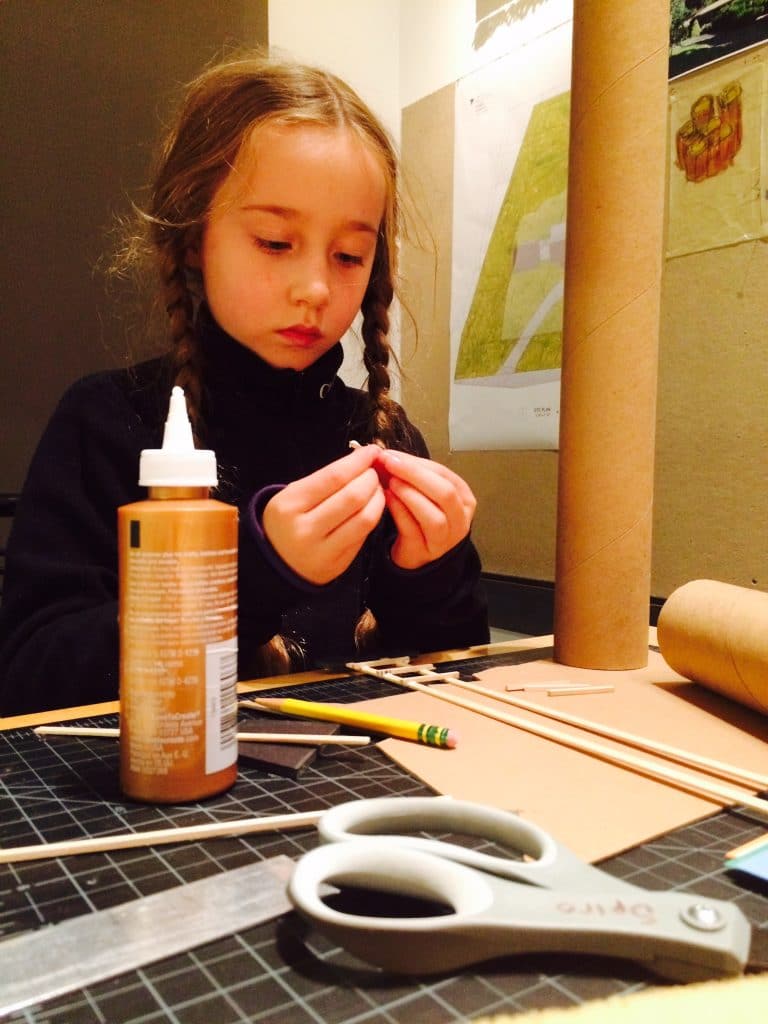Digital + Design
by Dominique Gettliffe
During Month of Modern’s “Panel on Responsible Innovation,” a group of designers (including Dominique) explored technology’s role in the future of design. The Gettliffe Architecture team has continued to consider this question, especially in regard to the role of hand skills in relation to the ever-increasing use of technology in our profession. What is the place of the physical model in the era of 3-D computer modeling? Is there still a need for the hand-done sketch or rendering? As 3-D printing becomes ever more widely available, is there an advantage to architectural models built by human hands? We have been examining these questions and others through considering our urban environment, looking at the work of other architects at conferences, and contemplating our own work and processes.
A metaphor that came up during the Month of Modern panel, and that continues to seem relevant to us, relates to one of the most impactful technological innovations of the 20th century: the automobile. Shortly after the automobile was invented, there was a strong appeal for the sense of individualistic freedom of movement it represented. A love affair quickly developed with this transportation tool. Yet while satisfying the human desire for greater mobility, the technology itself demanded changes in how our cities were configured. More and more space was needed for circulation and parking, ultimately shaping our urban landscapes. Distances between urban destinations increased. Cities began to respond to the needs of cars more than to the needs of humans. Somehow we lost sight of this technology’s reason for being – to improve human quality of life.
 Fortunately, in recent years, we have been rethinking and redesigning our urban environment. Denver used to be a dismal place for pedestrians and cyclists, but now boasts many urban areas that are people and bicycle-friendly. The state capital is coming back to what cities are about – people – and we are experiencing a great revitalization of the city. This is true across the country, where cities are increasingly looking to support human well-being and connection within the urban community, reframing the automobile’s place in the whole picture. This correction is happening, however, at a great cost and with much effort.
Fortunately, in recent years, we have been rethinking and redesigning our urban environment. Denver used to be a dismal place for pedestrians and cyclists, but now boasts many urban areas that are people and bicycle-friendly. The state capital is coming back to what cities are about – people – and we are experiencing a great revitalization of the city. This is true across the country, where cities are increasingly looking to support human well-being and connection within the urban community, reframing the automobile’s place in the whole picture. This correction is happening, however, at a great cost and with much effort.
In the design industries, we are also at a fork in the road where it would be easy to go all-digital out of convenience, efficiency and appeal. It is possible to imagine that manual skills such as model making, sketching and hand-drawing, among others, could be lost entirely in the everyday practice of design and architecture. At the Gettliffe Architecture studio, it would be easy to go down that slope in our own practice. However, instead we are keeping our key values in mind as we evaluate and redefine the right balance of manual and digital skills and tools.
As long as real, embodied human beings are living in actual, non-virtual buildings, then improving the quality of embodied experience will be one of those values. Neuroscience has shown the importance of integration of the parts of the brain that govern cognitive, analytical functions with the parts of the brain that experience sensation, spatial awareness, and emotion. It is this integration that leads to creativity and emotional balance. Experiencing, touching, and manipulating a physical model of a building provides clients with a felt sense of the possible building that is an important complement to a virtual tour. For the architect building that model as part of the design process, the experience engages the right brain in ways that facilitate the creative insight and original thinking needed to come up with the best design possible.
 How such considerations will play out in the ever-evolving nature of the design process is an unknown that will depend on the types of new technologies that evolve. It is an ongoing quest for balance that doesn’t have any final answers. What is important is asking the right questions, and we believe that we are doing that as we continue to focus on human needs and quality of life issues. After all, however virtual our world may become, for the foreseeable future architecture will be about real people inhabiting real built environments.
How such considerations will play out in the ever-evolving nature of the design process is an unknown that will depend on the types of new technologies that evolve. It is an ongoing quest for balance that doesn’t have any final answers. What is important is asking the right questions, and we believe that we are doing that as we continue to focus on human needs and quality of life issues. After all, however virtual our world may become, for the foreseeable future architecture will be about real people inhabiting real built environments.
Gettliffe Architecture is a Boulder, Colorado architecture firm offering green design services from straw-bale homes to eco lodges around the globe. We believe that beautiful modern architectural design begins with careful consideration of earth, culture and community. Working with your ideas and vision, our team of green architects brings inspiring spaces to life that are kind to the planet and a pleasure to be in.



